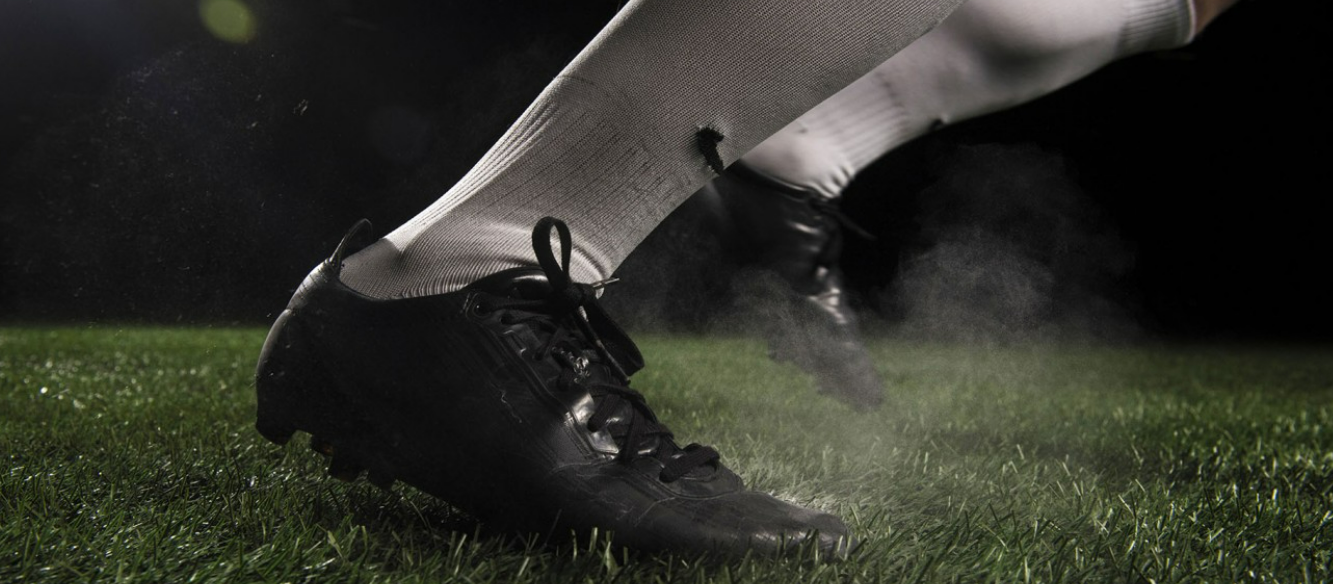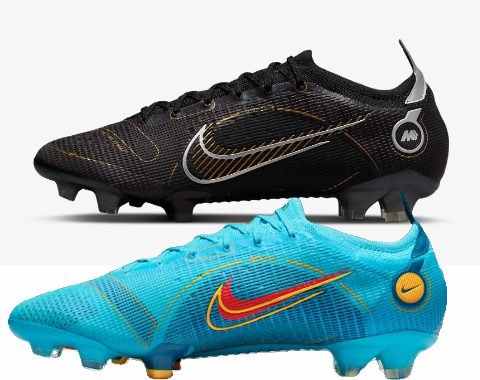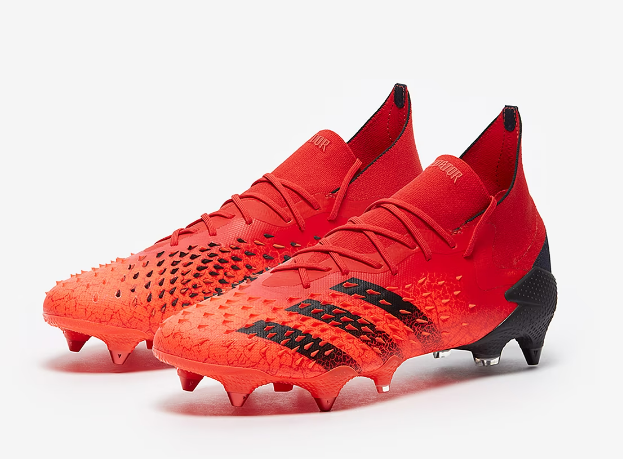Guide: How to Chose the Right Soccer Shoes for Different Playing Surfaces
Selecting the right soccer shoes for different playing surfaces is crucial for maximizing performance, ensuring comfort, and minimizing the risk of injury. This article will discuss the various types of soccer shoes available, how to choose the appropriate shoes based on the playing surface, and the potential dangers of using firm ground boots on turf surfaces.
Different Types of Soccer Shoes
Soccer shoes are designed specifically for various surfaces, and choosing the right type can significantly impact your performance and safety. The main types of soccer shoes include:
Firm Ground (FG) Cleats
These shoes are designed for natural grass surfaces and feature molded studs or blades that provide traction on firm, well-maintained fields. FG cleats are the most common type of soccer shoe and are suitable for a wide range of conditions.
Soft Ground (SG) Cleats
SG cleats are designed for soft, muddy, or wet natural grass fields. They typically feature longer, removable metal or plastic studs that can be adjusted for optimal grip and stability in challenging conditions.
Artificial Grass (AG) Cleats
AG cleats are specifically designed for use on artificial grass surfaces. They feature shorter, hollow, and more numerous studs that provide better grip and weight distribution on the synthetic turf, reducing the risk of injury.
Turf Shoes
Designed for use on hard, compact turf surfaces or older artificial grass fields, turf shoes have a durable rubber outsole with small rubber studs or nubs. These shoes provide excellent traction and stability on abrasive surfaces without causing excessive wear on the turf.
Indoor/Futsal Shoes
Indoor soccer shoes, also known as futsal shoes, are designed for play on hard, flat surfaces like gym floors or indoor courts. They feature a non-marking, flat rubber sole for better grip and agility on smooth surfaces.
Selecting the Right Shoes for the Playing Surface
To choose the appropriate soccer shoes for your playing surface, consider the following guidelines:
Natural Grass
For well-maintained, firm grass surfaces, firm ground (FG) cleats are the best choice. If the field is wet, muddy, or soft, opt for soft ground (SG) cleats with longer, removable studs for better grip.
Artificial Grass
Artificial grass is a synthetic surface designed to resemble natural grass. Artificial grass (AG) cleats are specifically designed for synthetic turf surfaces. They provide better grip, weight distribution, and reduced risk of injury compared to FG or SG cleats on artificial grass.
Turf
For compact turf surfaces or older artificial grass fields, choose turf shoes with small rubber studs or nubs to ensure optimal traction and stability without damaging the playing surface.
Note that both AG and Turf are synthetic surface made of polyethylene fibers. Compact turf surfaces, are denser and have a shorter pile height, providing a firmer, more durable surface for high-traffic areas or sports with intense ground contact.
Indoor/Futsal
For hard, flat indoor surfaces like gym floors or indoor courts, select indoor or futsal shoes with non-marking, flat rubber soles for better grip and agility.
Potential Dangers of Using Firm Ground Boots on Turf or AG
Using firm ground (FG) boots on artificial turf or compact turf surfaces can significantly increase the risk of injury, particularly to the anterior cruciate ligament (ACL) and other knee structures. The primary reasons for this increased risk include:
Excessive Traction: FG cleats can create excessive grip on artificial turf, causing the foot to become stuck or "anchored" to the ground. This can lead to increased stress on the knee joint and ligaments, potentially resulting in ACL tears or other injuries.
Inadequate Weight Distribution: FG cleats have fewer, larger studs than AG cleats, which can result in uneven weight distribution on artificial turf. This can increase pressure on specific areas of the foot and leg, leading to discomfort or injury.
Increased Stress on Joints: The combination
The ACL is a crucial ligament in the knee that provides stability and is commonly injured in athletes. Artificial turf, particularly third-generation and hybrid types, is widely used in sports like football and soccer, where ACL injuries frequently occur. Studies indicate that playing on artificial turf increases the risk of ACL injuries compared to natural grass due to the higher frictional force between shoes and the turf. Using firm ground boots on artificial turf further adds to the danger of ACL injury, as it increases the grip and friction between the shoe and surface. As athletes often cannot choose their playing surface, it's essential to maintain ACL rehabilitation and strengthening exercises to prevent reinjury and ensure the use of proper playing shoes.



















